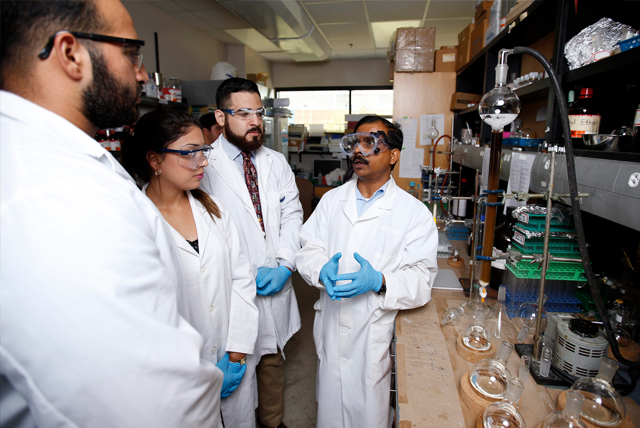Document Type
Article
Publication Date
3-2016
Abstract
The development of nanostructured anode materials for rechargeable Lithium-ion Batteries has seen a growing interest. We herein report the use of a new scalable technique, Forcespinning (FS) to produce binder-free porous Sn/C composite nanofibers with different Sn particle size loading. The preparation process involves the FS of Sn/PAN precursor nanofibers and subsequently stabilizing in air at 280 °C followed by carbonization at 800 °C under an inert atmosphere. The Sn/C composite nanofibers are highly flexible and were directly used as binder-free anodes for lithium-ion batteries. The produced Sn/C composite nanofibers showed an improved discharge capacity of about 724 mA h g− 1 at a current density of 100 mA g− 1 for over 50 cycles compared to most nanofiber electrodes prepared by electrospinning and centrifugal spinning. The FS method clearly produces Sn/C nanofiber composite electrodes that have a high specific capacity and excellent cyclic performance, owing to the unique structure and properties of the nanofibers. The FS technology is thus a viable method for the large scale production of nano/micro fibers for battery electrodes, separators, and other applications. To the best of our knowledge, this is the first time to report results on the use of Forcespinning technology to produce composite nanofiber anodes for lithium-ion batteries.
Recommended Citation
Agubra, V. A., Zuniga, L., la Garza, D. D., Gallegos, L., Pokhrel, M., & Alcoutlabi, M. (2016). Forcespinning: A new method for the mass production of Sn/C composite nanofiber anodes for lithium ion batteries. Solid State Ionics, 286, 72–82. https://doi.org/10.1016/j.ssi.2015.12.020
Publication Title
Solid State Ionics
DOI
10.1016/j.ssi.2015.12.020



Comments
© 2015 Elsevier B.V. All rights reserved.. Original published version available at https://doi.org/10.1016/j.ssi.2015.12.020